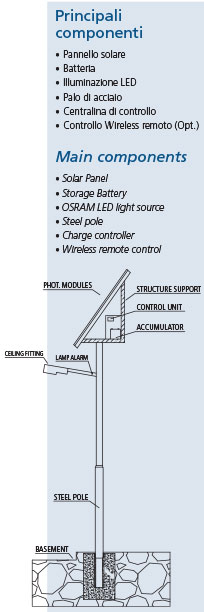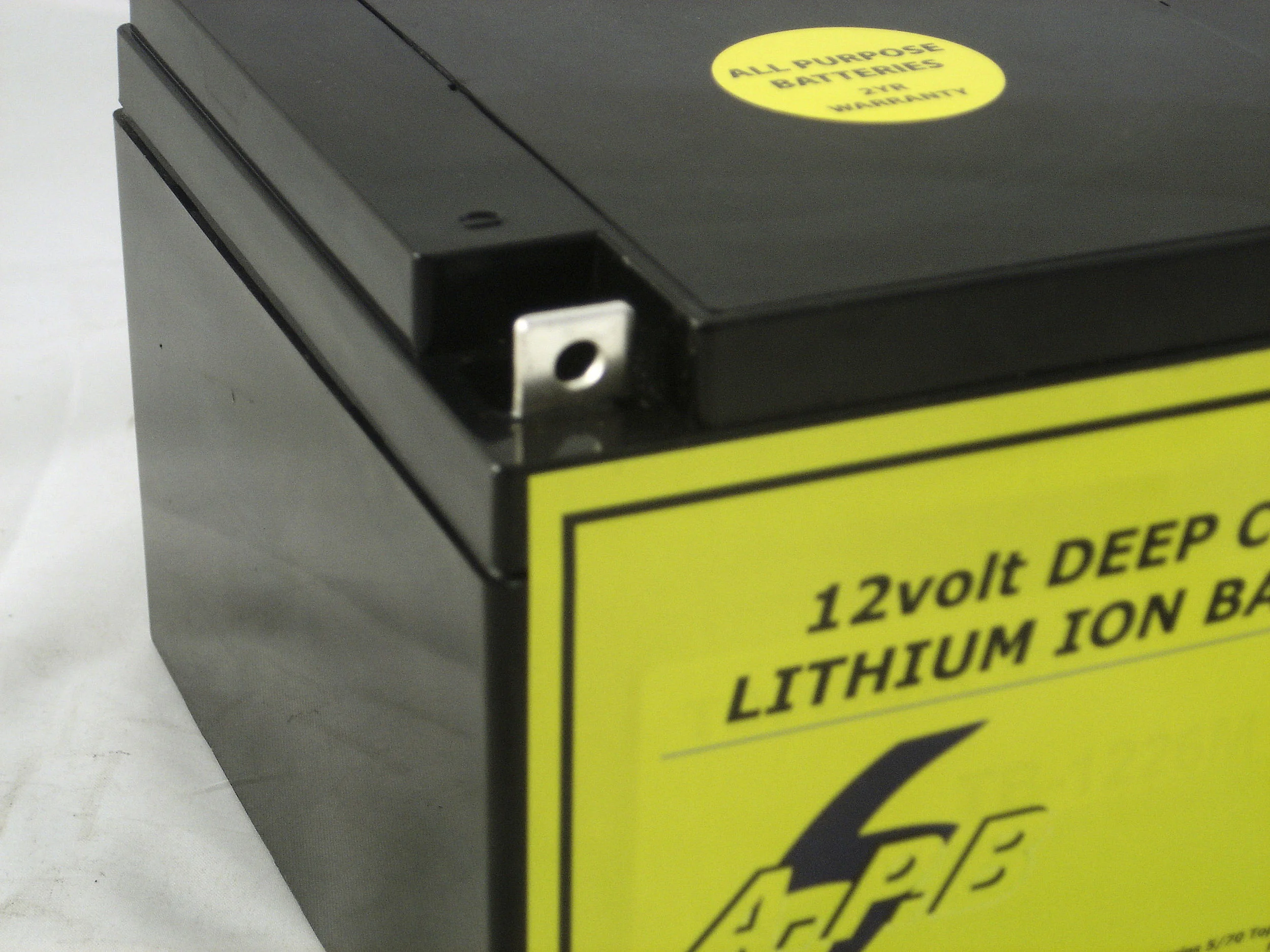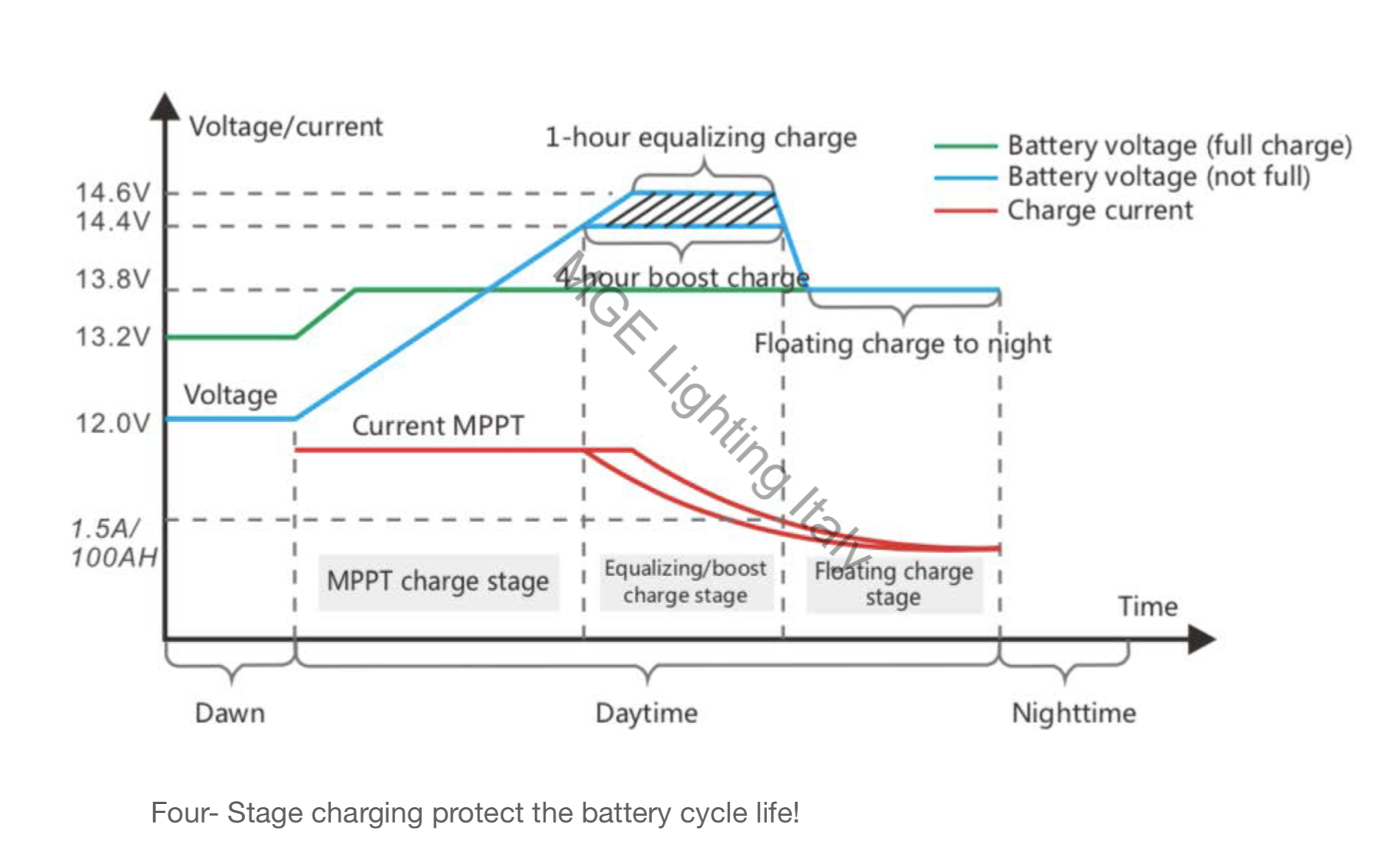Adottando la nostra esperienza riguardo gli impianti Stand Alone, MGE Lighting ha voluto sviluppare apparecchi di ILLUMINAZIONE STRADALE SOLARE unici nel suo genere.
I sitemi di illuminazione solare MGE Lighting sono il modo più affidabile, rinnovabile e straordinario per illuminare uno spazio aperto, sia per migliorare la sicurezza, migliorare il commercio o creare visibilità, grazie alla tecnologia solare e l'illuminazione a LED farai una scelta economica e ambientale straordinaria.
Referenza installazione MGE Lighting solar street lighting
DESCRIZIONE PRODOTTO
Inoltre è dotata di Wireless controll, quale permette di gestire a terra gli orari di accensione e spegnimento, è inoltre possibile effettuare un Check-Up dell'impianto con il nostro telecomando che daremo con l'apparecchio..
Ampia scelta di armatura stradale a LED i (VEDI NOSTRA OFFERTA) a scelta del cliente adotteremo la lampada che più si adegua al contesto paesaggistico e di installazione.
Il cuore del nostro sistema è la centralino di gestione.
Questa centralina racchiude svariati sensori di protezione per la batteria (temperatura, voltaggio, BMS), un algoritmo per il lato fotovoltaico (PWM, MPPT), e un driver step-up per la lampada.
Il tutto è gestito da un processore che gestirà le 3 utenze in maniera totalmente autonoma e priva di manutenzione.
Progettiamo su misura per il cliente e in base alla località di installazione i nostri lampioni solari.
Seguendo il badge del cliente, decideremo se optare per le più moderne batterie LiFePo4 o AGM a gel.
Utilizziamo solo PANNELLI FOTOVOLTAICI EUROPEI in grado di garantire 25 anni al 85% di potenza nominale.
MGE’ solar lighting proposal and engineering solution
Our MGE’solar charging control
How work
SL-200 series waterproof all-in-one constant current MPPT charge controller integrates MPPT solar charging management, LED step-up constant current drive, remote networking communication and other functions, ideal for lead-acid battery/lithium battery / gel battery etc. With high reliability, high efficiency, high precision and ease of installation and maintenance, it has found wide applications in solar street lights, solar garden lights, etc.
Features:
MPPT technology, tracking efficiency up to 99.5%, charging conversion efficiency up to 96%;
Applicable to both lead-acid battery and lithium battery, operating parameters can be set by remote control;
Very low sleep current, more energy efficient and convenient for long distance transportation and storage;
Lead-acid battery constant voltage charging with multi-stage temperature compensation;
10-period programmable load power/time control;
Battery charge and discharge high and low temperature protection, with working temperature settable;
Multiple intelligent power modes are available for selection, and load power can be adjusted automatically according to the battery level;
High-precision digital step-up constant current control algorithm ensures high efficiency and high constant current accuracy;
Infrared wireless communication allows for parameters setting/reading, status reading, etc.;
Multiple protections including battery/PV polarity reverse protection, LED short circuit/open circuit/limited power protection and more;
Extensible to provide IoT remote communication monitoring function (-U/-C series);
Our MGE’solar charging control
How charging the battery
MGE has set up a four-stage charging curve I show you in the tab:
Our MGE’solar charging control
AI Technology (ARTIFICIAL INTELLIGENCE)
Intelligent power:
MGE controller can select an appropriate intelligent power mode according to the actual battery capacity, the number of rainy days and other factors. Specific intelligent power modes include: High, Medium, Low, Auto, USE (custom), No (off).
Intelligent power modes:
High - The battery capacity at the starting point of power reduction is high, and the load lighting time is the longest. This mode is suitable for use in areas with more rainy days or poor lighting conditions;
Medium - The battery capacity at the starting point of power reduction is moderate, and the load lighting time is moderate. This mode is suitable for use in scenarios where both brightness and the number of rainy days are required to be considered;
Low - The battery capacity at the starting point of power reduction is low, and the load lighting time is the shortest. This mode is suitable for use in scenarios where lighting effect is highly required;
What the best battery technology for my project?
How select the battery
- Learn how to extend battery life by moderating ambient temperatures.
Batteries operate over a wide temperature range, but this does not give permission to also charge them at these conditions. The charging process is more delicate than discharging and special care must be taken. Extreme cold and high heat reduce charge acceptance, so the battery must be brought to a moderate temperature before charging.
Older battery technologies, such as lead acid and NiCd, have higher charging tolerances than newer systems. This allows them to charge below freezing but at a reduced charge C-rate. When it comes to cold-charging NiCd is hardier than NiMH.
Table 1 summarizes the permissible charge and discharge temperatures of common rechargeable batteries. The table excludes specialty batteries that are designed to charge outside these parameters.
Table 1: Permissible temperature limits for various batteries. Batteries can be discharged over a large temperature range, but the charge temperature is limited. For best results, charge between 10°C and 30°C (50°F and 86°F). Lower the charge current when cold.
What the best battery technology for my project?
High temperature charge
First of all, heat is the worst enemy of batteries, including lead acid. Adding temperature compensation on a lead acid charger to adjust for temperature variations is said to prolong battery life by up to 15 percent. The recommended compensation is a 3mV drop per cell for every degree Celsius rise in temperature. If the float voltage is set to 2.30V/cell at 25°C (77°F), the voltage should read 2.27V/cell at 35°C (95°F). Going colder, the voltage should be 2.33V/cell at 15°C (59°F). These 10°C adjustments represent 30mV change.
Table 3 indicates the optimal peak voltage at various temperatures when charging lead acid batteries. The table also includes the recommended float voltage while in standby mode.
Table 3: Recommended voltage limits when charging and maintaining stationary lead acid batteries on float charge. Voltage compensation prolongs battery life when operating at temperature extremes.
Charging nickel-based batteries at high temperatures lowers oxygen generation, which reduces charge acceptance. Heat fools the charger into thinking that the battery is fully charged when it’s not.
Charging nickel-based batteries when warm lowers oxygen generation that reduces charge acceptance. Heat fools the charger into thinking that the battery is fully charged when it’s not. Figure 4 shows a strong decrease in charge efficiency from the “100 percent efficiency line” when dwelling above 30°C (86°F). At 45°C (113°F), the battery can only accept 70 percent of its full capacity; at 60°C (140°F) the charge acceptance is reduced to 45 percent. NDV for full-charge detection becomes unreliable at higher temperatures, and temperature sensing is essential for backup
Solar battery calculation: step by step
Let’s go through an example to explain the battery sizing process step by step.
Step 1: Prepare the data that is required.
Rated LED power,
Rated working voltage of LED
LED brigthness settings during night
days of autonomy
battery type and its DoD
Let’s assume
the rated power of the LED lamp in a solar streetlight is 30W at 12V.
LED brightness at night will be set as: 1 hour 60% + 5 hours 100% + 6 hours 40%
3 days of autonomy, in others ways, it can support 3 raining/cloudy days
battery type is LiFePO4 batteries, the DoD would be 80%
Step 2: Calculate daily energy consumption of LED lamp
the current consumption of the LED lamp = 30/12 = 2.5Amps
the total power consumption in a day = 8Hours at 100% brightness
so the daily power consumption = 2.5 x 8 = 20Ah.
Step 3: Considering the 3 days’ autonomy
if we design the solar-powered streetlights can sustain for 3 raining/cloudy days, then we should multiply daily power consumption by days of autonmy
that will be, 20Ah x 3 = 60Ah.
Step 4: Considering the depth of discharge.
in this example, our battery type is LiFePO4, and Its DoD is 80%
so the battery size should be 60Ah/80% = 75Ah








